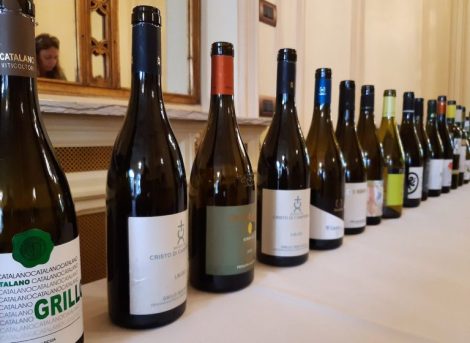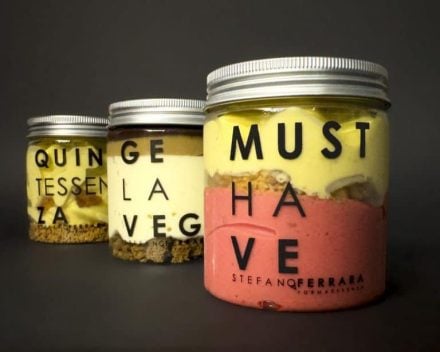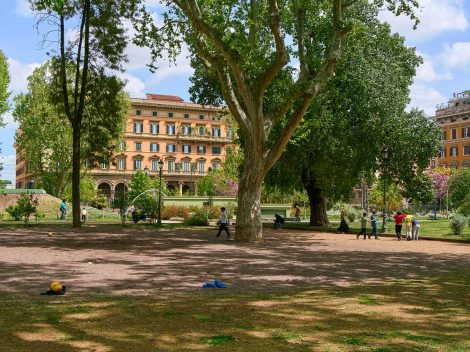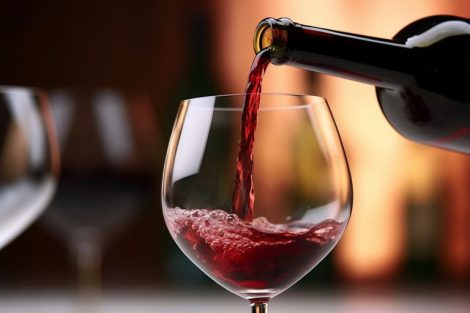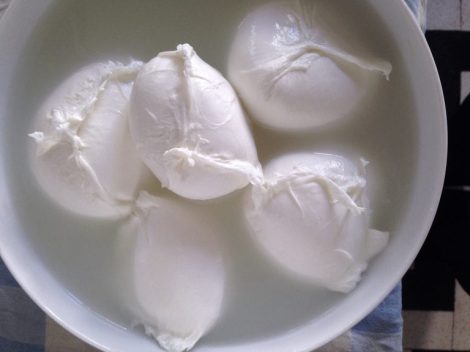Stories
“The amphora is the most modern oenological production technique”. Categorical and resolute, is Paul J. White, American journalist and expert wine taster, author of the Wine Disclosures website and correspondent for several international newspapers. White was among the speakers of the interesting (in the content more than in the title) conference "Terracotta for an oenology of professional precision" held during the 2018 edition of La Terracotta and Wine, an event organized by the association of the same name in partnership with Artenova in the beautiful Agresti Furnace in Impruneta, Tuscany: a small district specialized in wine amphorae born from the ashes of the artistic activity of terracotta, now sadly in decline.
Tired of wines that all taste the same
"We are all tired of wood, and wines that all taste the same," continues White, whose thought - he says - is corroborated by the current tastings and years of wine reporting. Of course it might seem like a stretch to out a modern label on the oldest food preservation material in history, which has been around for almost 2,000 years in almost every corner of the planet. As the Armenian archaeologist Arthur Petrosyan of the University of Yerevan points out, the birth of the clay and ceramics processing coincided exactly with the end of the roving of different migrating populations due to the practices of breeding and cultivation.
As if to say: without earthenware there would not have been anything like oil, wine, beer, garum - just to give some examples - and vice versa, let alone the commercial exchanges that were at the origin of empires and cultures.
And yet, nowadays tasting products made in amphorae (or, more properly, in jars or other earthenware vessels and related materials, even if the imprecise terminology is now established) it's difficult to call them archaic. And if tasting the wines in the traditional Marani (the Georgian cellars where little has changed in the last centuries) it's amazing to find wines of great personality, elegant, clean and sometimes crystalline.
And moderately trained tasters will have a hard time identifying the exact fermentation technique or preservation of Piedmontese, Emilian, Austrian, French, Greek wines, Armenian, Australian, Portuguese or American present at the Tuscan event. Like those of Beckam Estate Vineyards, in Oregon, where, inspired by Elisabetta Foradori's wines, in 2013 Andrew Beckham started the Amphorae Project, with the creation of containers and contents.
The Italian way with Gravner
A treasure trove of knowledge, practices and dexterity that is lost in the mists of time but that has long been abandoned, at least in the processing of grapes. The only area in the world where it has continued without interruption to use the terracotta amphorae to ferment must is Georgia, one of the world cradles of wine and at the time designated by the Supreme Soviet as a cellar for the USSR. Elsewhere, from Armenia to Portugal, tradition has been extinguished in a sudden manner or in a slow oblivion, to respect external diktats or commercial needs dictated by changing lifestyles.
And in Italy? Widespread above all as containers for transport since Roman times - not only for wine, but also for wheat and oil - amphorae and jars have gradually disappeared almost everywhere; traces of it remain, now obsolete, mostly linked to regional uses such as the Apulian capasoni (small wine jars) or the Tuscan oil jars, abandoned when it was understood that for this product even the slightest oxygenation is deleterious: better use them to beautify courtyards and cellars, with their vintage charm.
The introduction and subsequent diffusion of terracotta for modern Italian winemaking, between the old millennium and the present one is thanks to Josko Gravner, stubborn border winemaker, located between Friuli Venezia Giulia and Slovenia. Josko heard about the use of wine amphorae for the first time in the 90s by a friend who worked at WWF, returning from a trip to Georgia just outside the former Soviet Union. After the first tests with a small amphora made from there, he had to wait until the year 2000 when he went to Georgia to learn the traditional techniques that had been maintained there over the centuries, and other years before being able to start production of wines in amphorae with its grapes: at the beginning chardonnay, sauvignon, pinot grigio and riesling italico, for the mythical Breg in amphora; then only ribolla, according to him the main expression of the territory where he was born and where he works. Since then, thanks to the incredible depth of his wines and his peasant ways and refined thought, the name of Gravner has become an absolute reference point for wine made in amphora.
Many winemakers from all over Italy have followed in his footsteps, some in a philological and declared manner, others experimenting with different materials and techniques of vinification or aging and adapting the container to grapes and specific territories: from Nosiola in amphora by Elisabetta Foradori, to Zibibbo aged in pithos by COS (acronym of the surnames of Giambattista Cilio, Giusto Occhipinti and Cirino Strano) in Vittoria, in the province of Ragusa. Also others in the interesting Romagna wineries grouped in the project "AN son miga FORA", led by Carlo Catani (former director of the UNISG in Pollenzo and author of "Io Bevo Romagnolo") with the aim of promoting cultural exchanges and knowledge among local winemakers and Georgian colleagues.
by Luciana Squadrilli
Illustrations by Marco Crescenzi
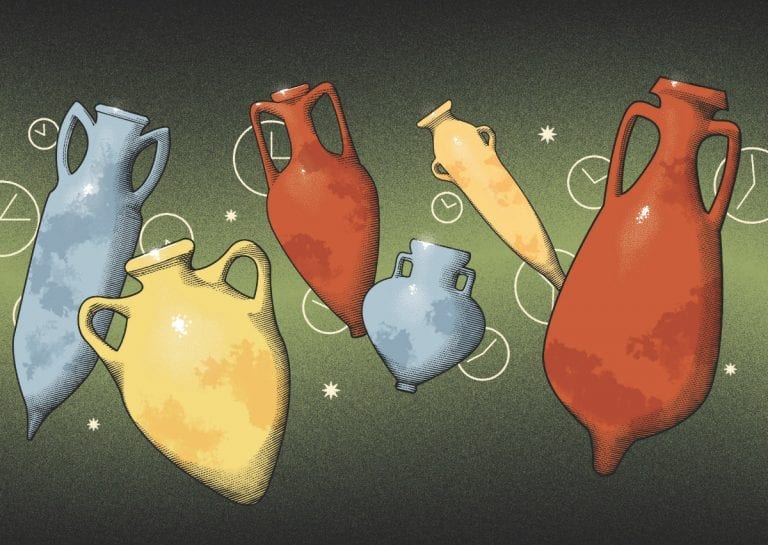
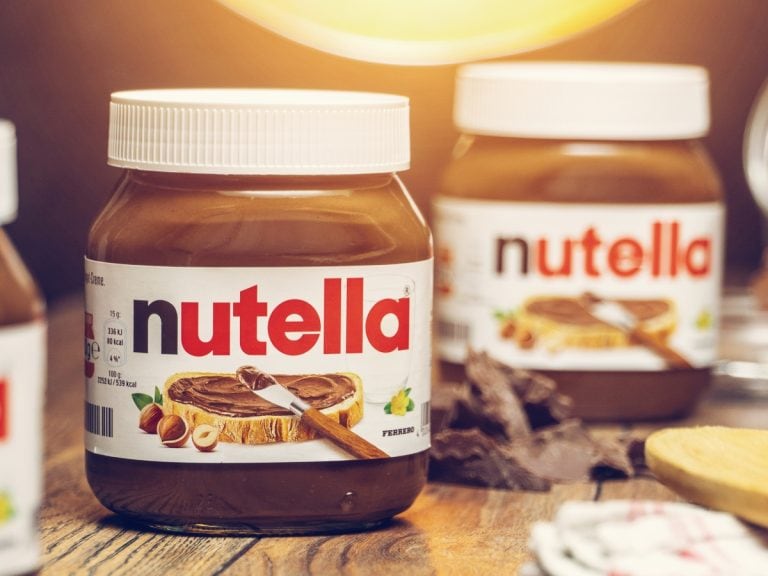 This is how the name Nutella was born: the story by Maria Franca Fissolo Ferrero, wife of the inventor
This is how the name Nutella was born: the story by Maria Franca Fissolo Ferrero, wife of the inventor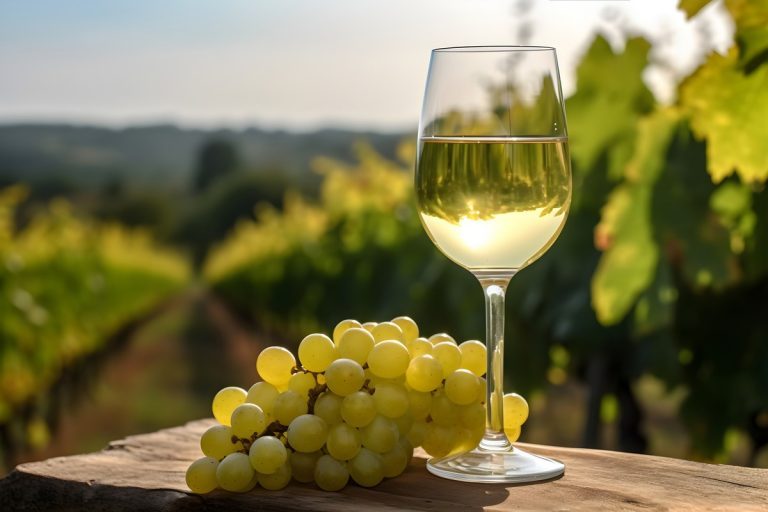 A Riesling from Oltrepò Pavese is the best quality-price ratio wine in Lombardy according to Gambero Rosso
A Riesling from Oltrepò Pavese is the best quality-price ratio wine in Lombardy according to Gambero Rosso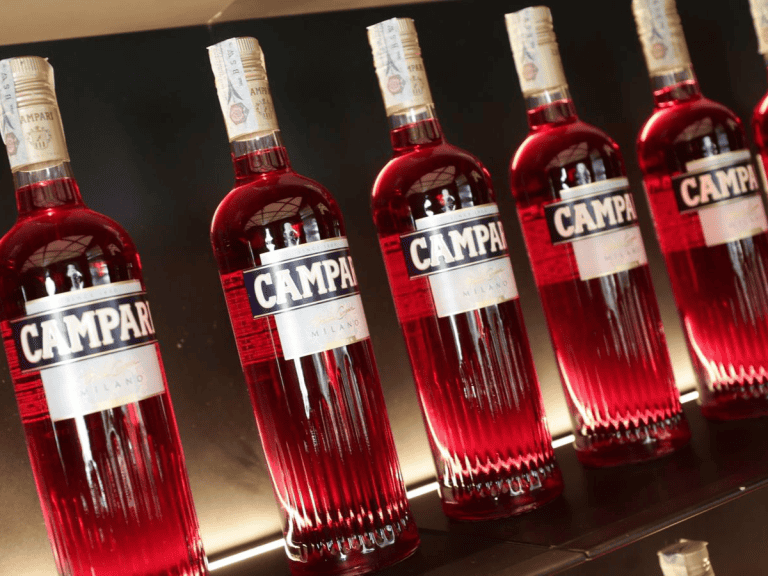 "The Campari recipe? It's a secret, only five people know it." Journey into the factory of the world's most famous red
"The Campari recipe? It's a secret, only five people know it." Journey into the factory of the world's most famous red 57 million bikers on vacation on farms, the Cycling Federation and Agriturist focus on cycle tourism
57 million bikers on vacation on farms, the Cycling Federation and Agriturist focus on cycle tourism A new era for Casa del Supplì: opens a new location and considers franchising
A new era for Casa del Supplì: opens a new location and considers franchising
